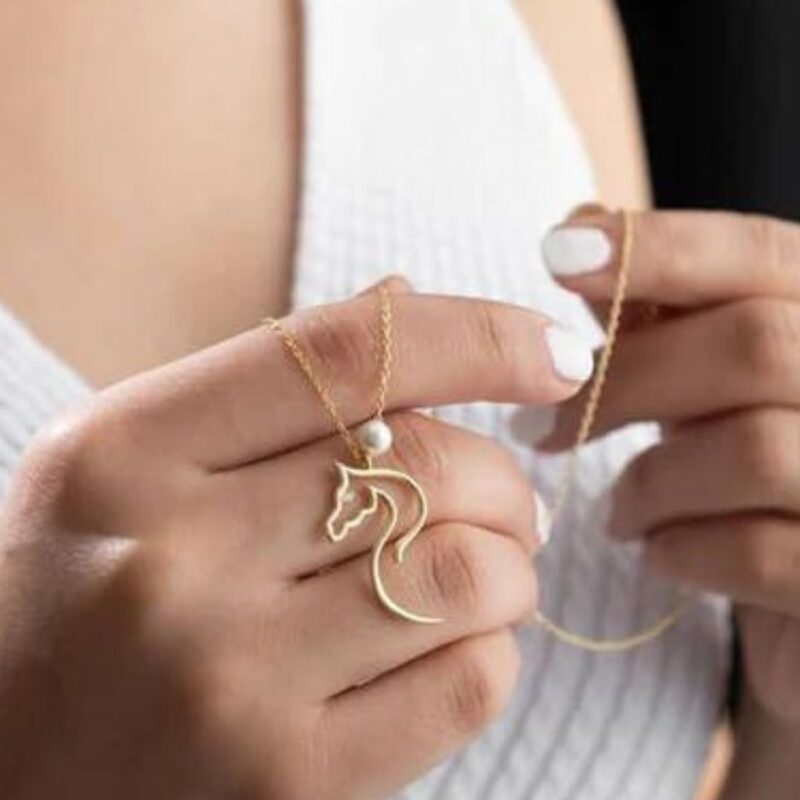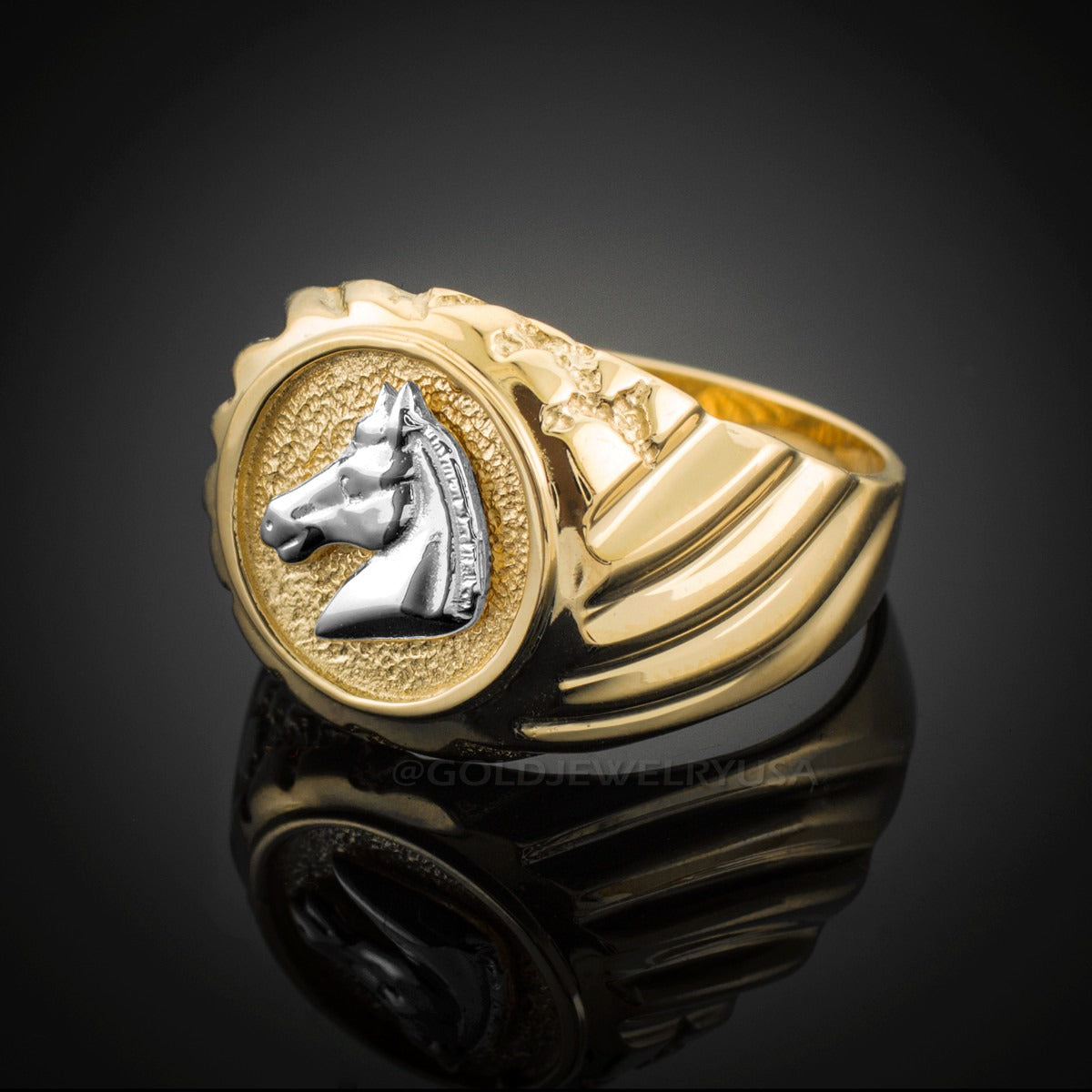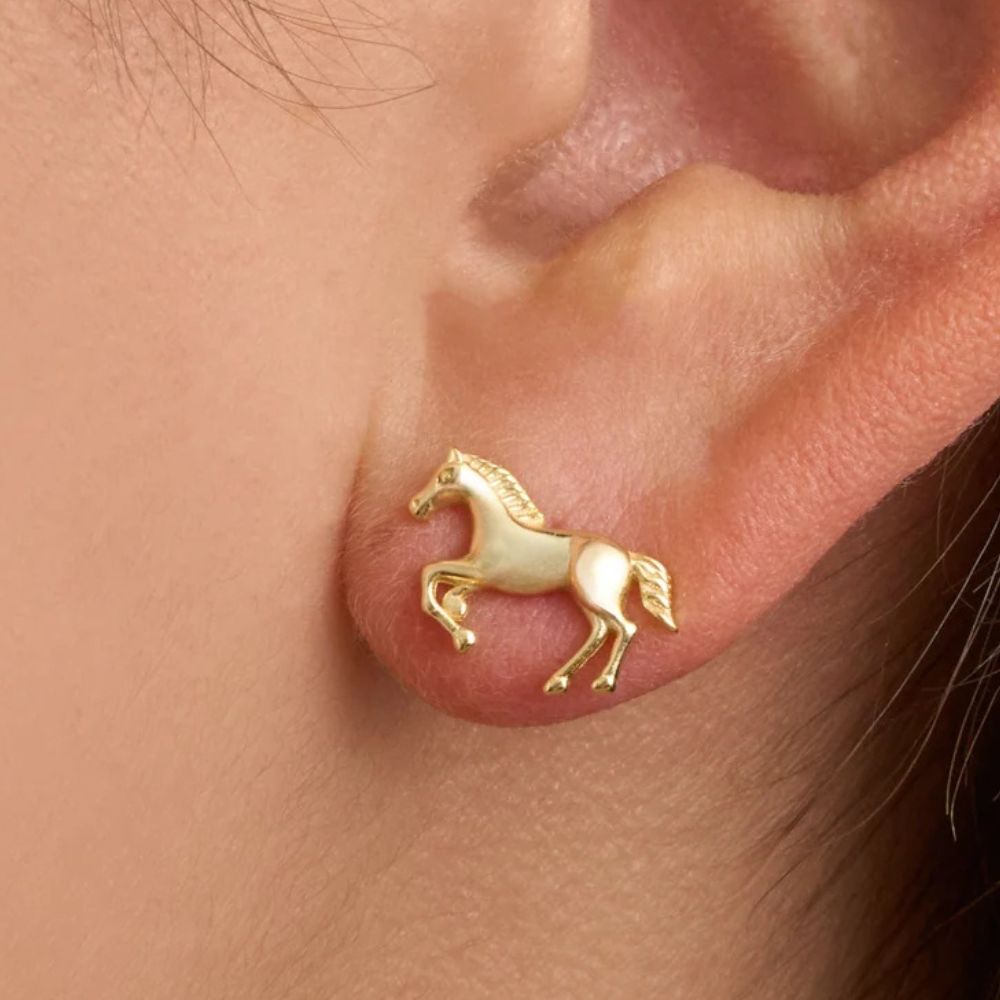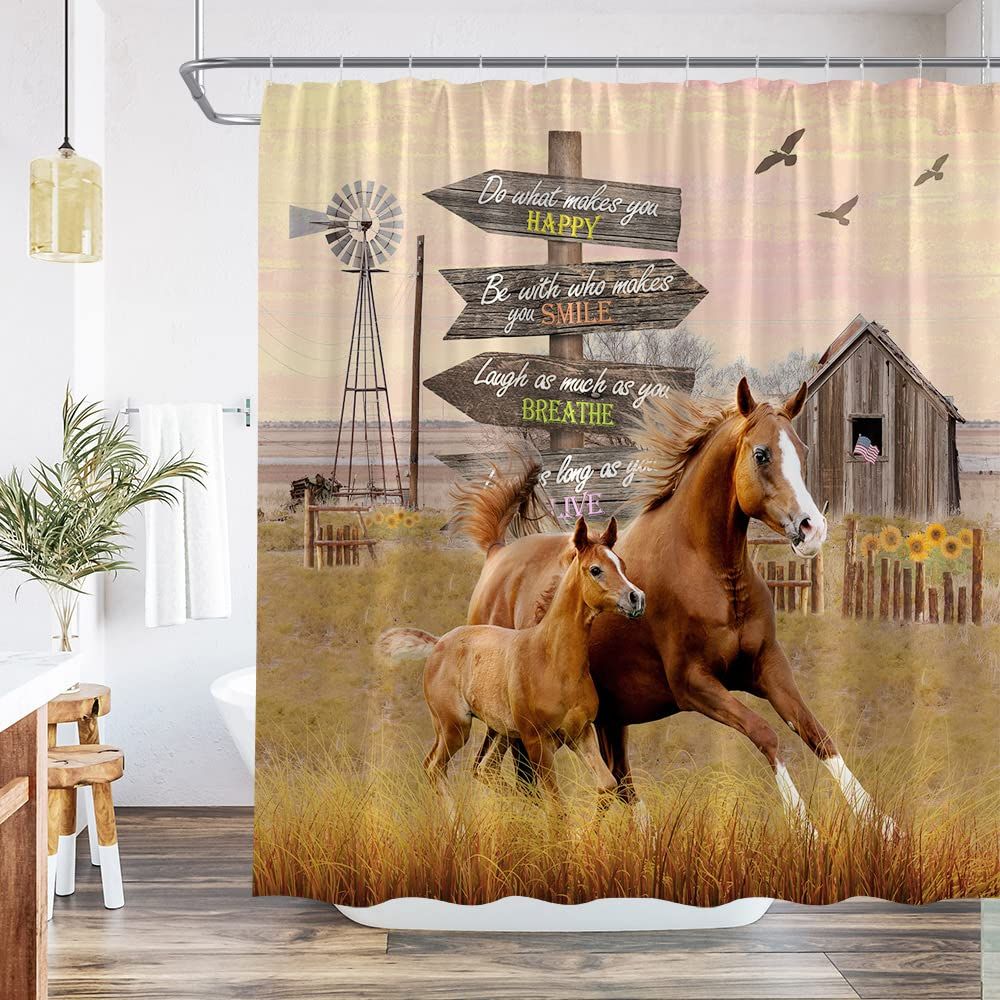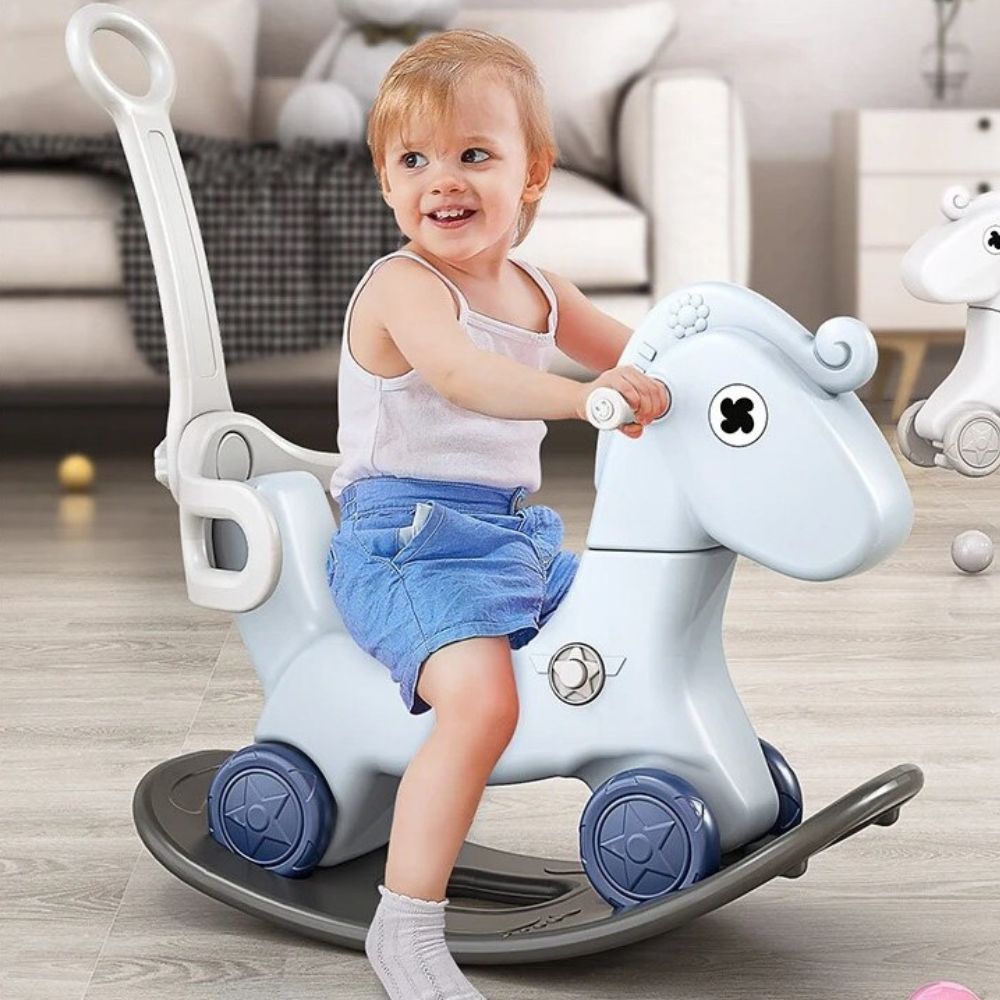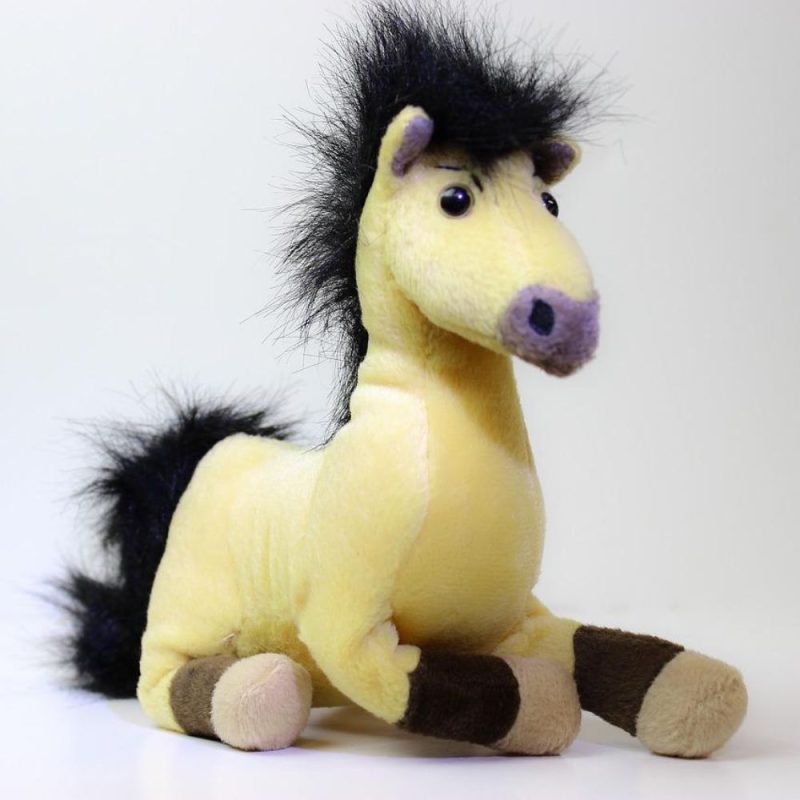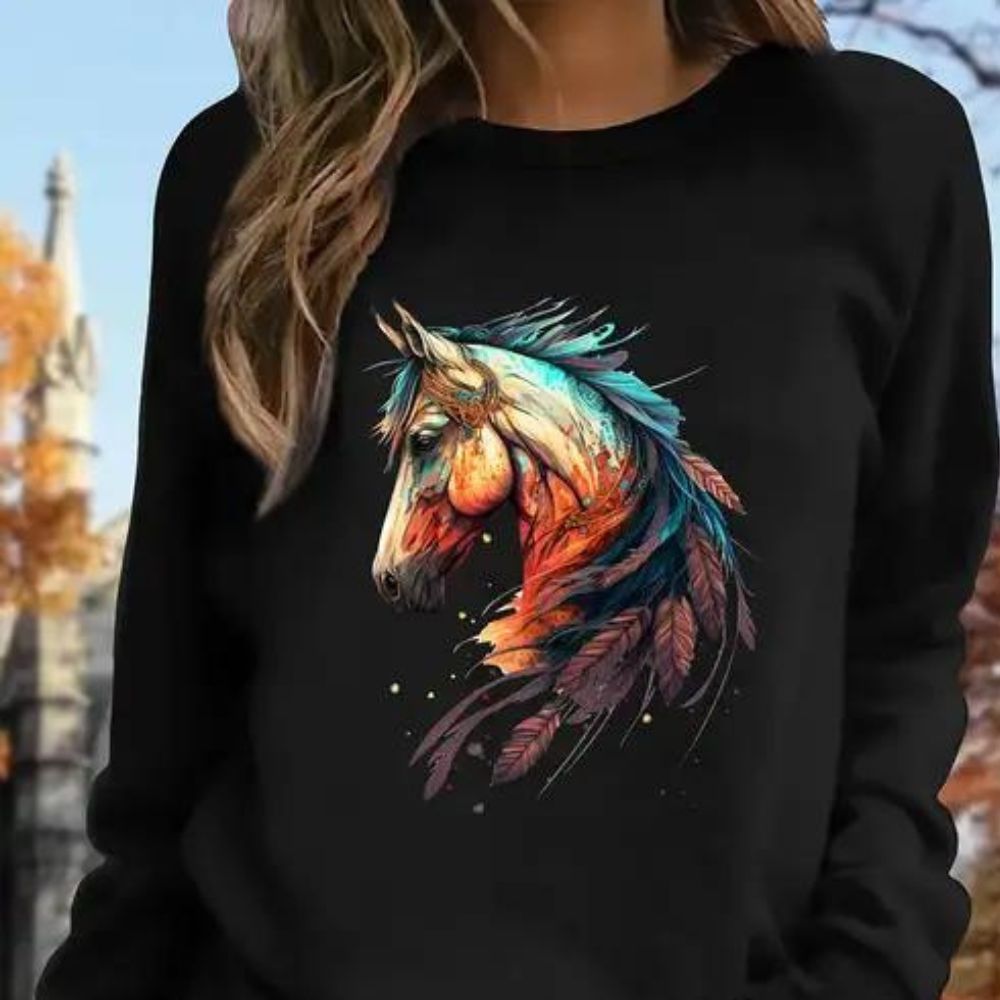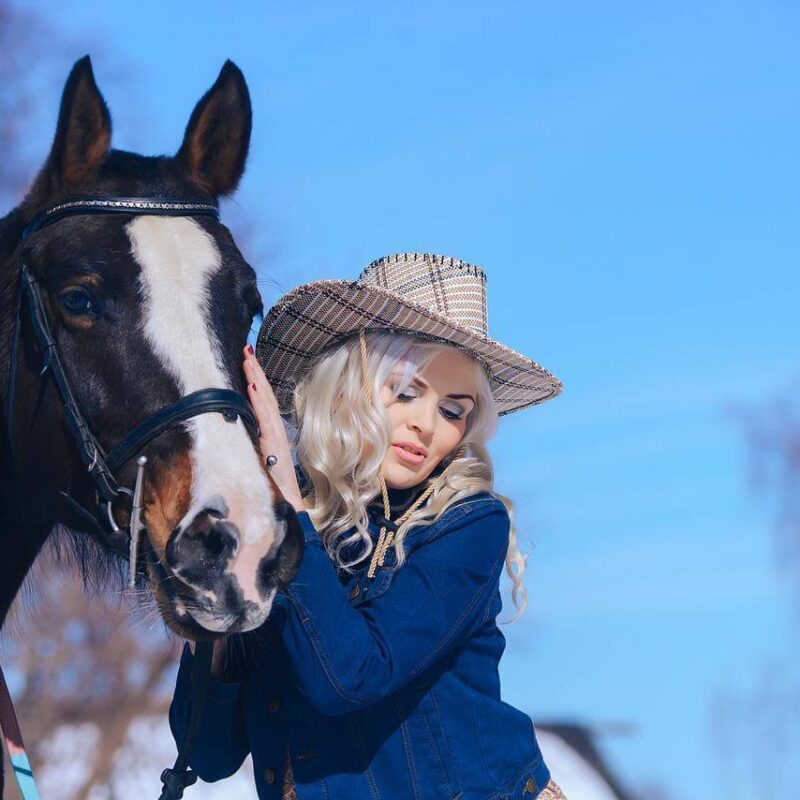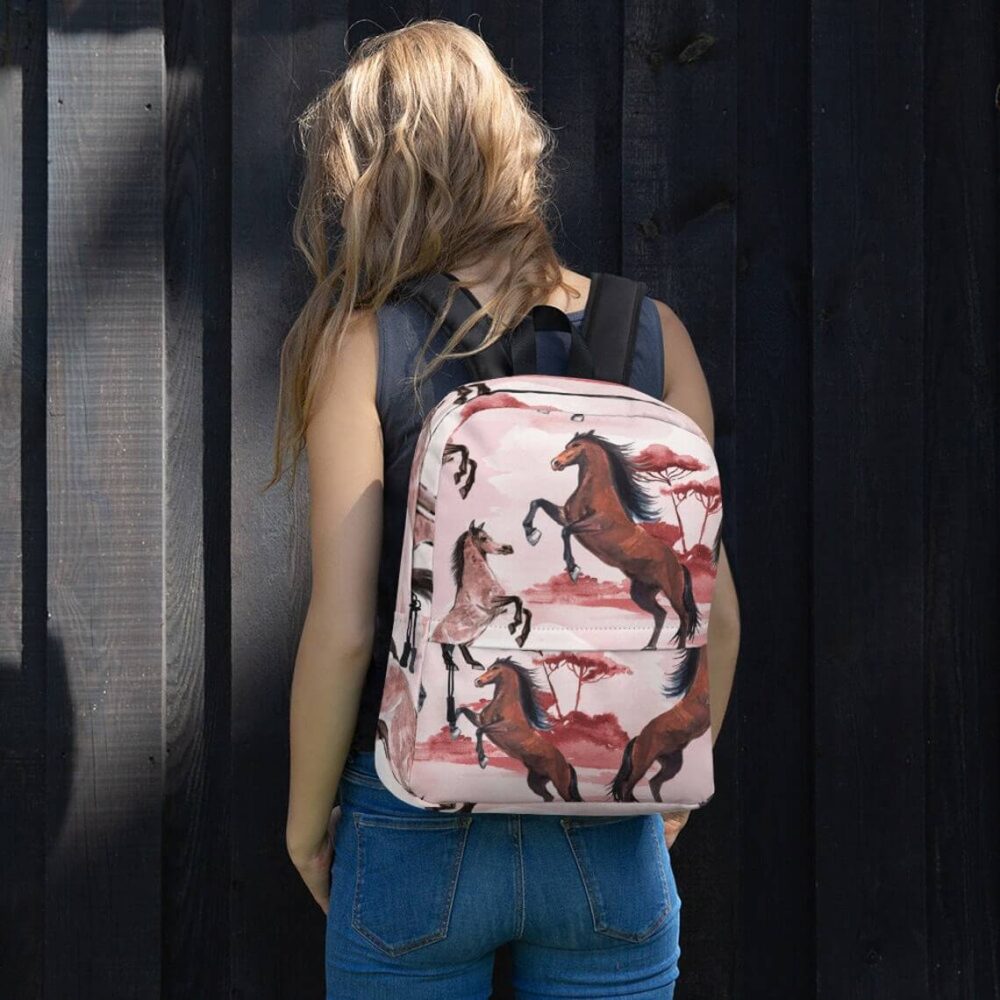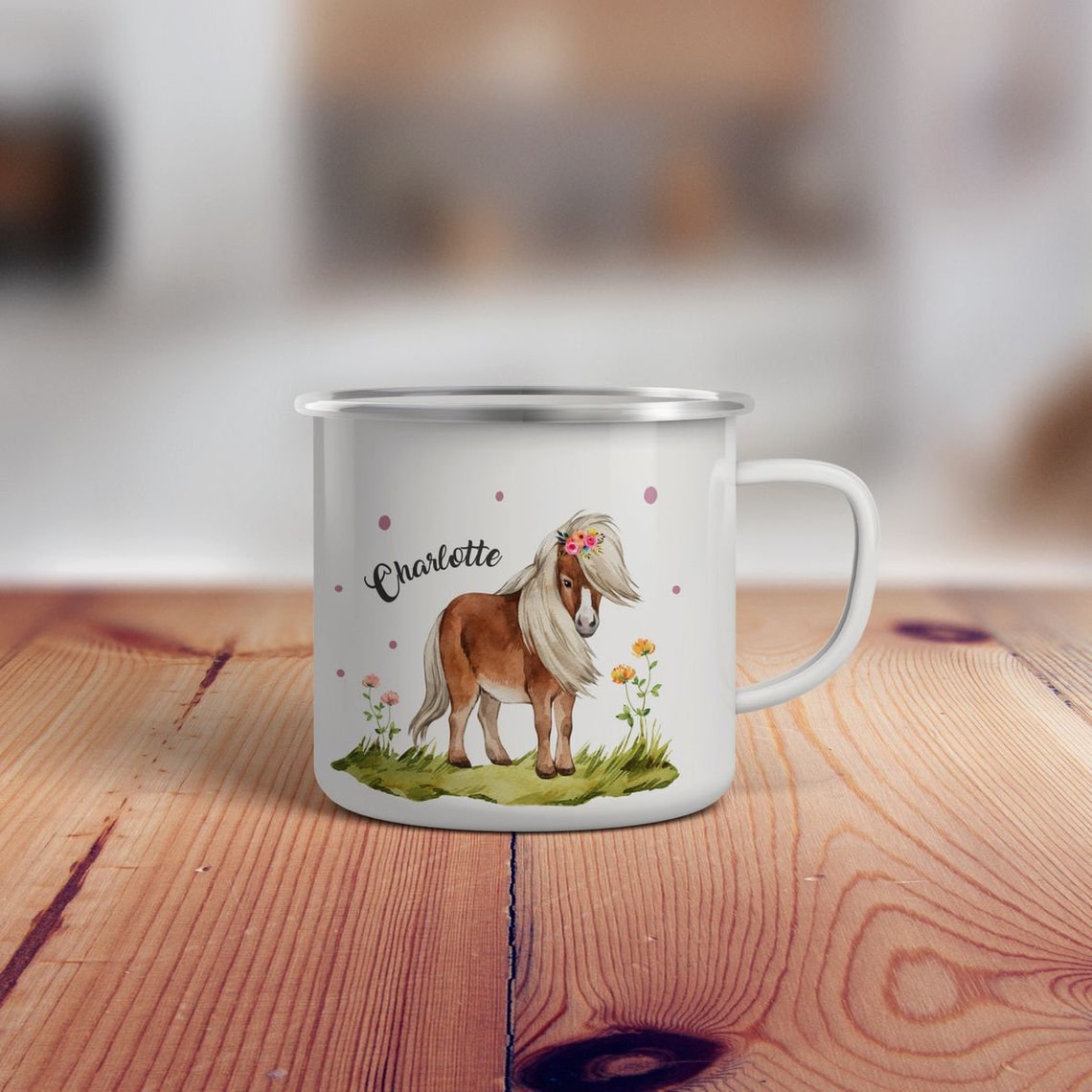
Does Branding Hurt Horses? The Shocking Truth Revealed
The scent of burning hair lingers in the air as a rancher presses a red-hot iron against a horse’s flank. The animal flinches, nostrils flaring—does branding hurt horses? The short answer is yes, but the reality is more complex than a simple yes or no. While branding causes temporary pain, many argue it’s a necessary practice for identification and safety. Yet, with modern alternatives like microchipping gaining traction, the debate over branding’s ethics and necessity rages on. Let’s dig deeper into the truth behind this centuries-old tradition.
What Is Horse Branding?
Branding involves using a heated iron or freeze branding to mark a horse’s skin with a unique symbol. This permanent identification method has been used for centuries, tracing back to ancient civilizations. Ranchers rely on brands to prove ownership, deter theft, and track lineage—especially in large herds where visual recognition isn’t practical.
Types of Branding
- Hot Iron Branding – A heated metal brand is pressed onto the horse’s skin, burning through hair and outer layers to leave a scar.
- Freeze Branding – A super-cooled brand destroys pigment-producing cells, causing white hair to grow in the branded shape.
- Chemical Branding – Less common, this uses caustic agents to create a mark.
Hot branding is the most debated due to its immediate pain response, while freeze branding is often considered more humane.
The Pain Factor: Does It Hurt Horses?
Yes, branding hurts—but how much? Studies suggest horses experience acute pain during hot branding, similar to a severe burn. Their heart rates spike, and they may react violently, requiring restraint. Freeze branding causes discomfort but is generally less painful since it numbs the area quickly.
How Horses React
- Physical Response – Flinching, kicking, or trying to flee.
- Stress Indicators – Increased heart rate, sweating, and vocalizations.
- Long-Term Effects – Properly done brands heal without chronic pain, but infections or improper technique can lead to complications.
Veterinarians argue that while the pain is temporary, minimizing distress through proper technique and sedation is crucial.
Why Do People Still Brand Horses?
Despite the pain, branding persists for practical reasons:
- Theft Deterrence – A visible brand makes reselling stolen horses harder.
- Legal Proof of Ownership – Brands are recognized in court disputes.
- Breed Registry Requirements – Some organizations mandate branding for purebred documentation.
Yet, critics argue these justifications don’t outweigh the ethical concerns—especially with modern alternatives available.
Humane Alternatives to Branding
Technology offers less painful identification methods:
- Microchipping – A tiny chip implanted under the skin stores ownership data.
- DNA Testing – Provides irrefutable proof of lineage.
- Digital Branding – Non-invasive methods like biometric scanning are emerging.
While these options exist, adoption is slow due to tradition, cost, and accessibility in remote areas.
The Ethical Debate: Tradition vs. Welfare
Proponents of branding argue it’s a time-tested method with minimal long-term harm when done correctly. Opponents counter that any unnecessary pain is unacceptable in modern animal husbandry. The shift toward animal welfare standards has led some ranches to abandon branding, while others defend it as a cultural staple.
What Do Experts Say?
- American Veterinary Medical Association (AVMA) – Recommends sedation and proper aftercare to reduce suffering.
- Equine Welfare Groups – Advocate for phasing out hot branding in favor of freeze branding or microchipping.
How to Minimize Pain If Branding Is Necessary
For those who still brand, best practices include:
✔ Using sedation or local anesthesia
✔ Ensuring proper aftercare (cleaning, antibiotics if needed)
✔ Opting for freeze branding when possible
A well-executed brand heals within weeks, but cutting corners can lead to unnecessary suffering.
The Future of Horse Identification
As technology evolves, branding may become obsolete. Microchips are already mandatory in some competitions, and digital tracking systems are gaining ground. Yet, in many rural communities, branding remains a symbol of heritage—raising the question: Should tradition dictate welfare practices?
A Final Thought
Standing in a dusty corral, watching a branded horse shake off the experience and return to grazing, it’s clear they’re resilient creatures. But resilience doesn’t justify complacency. Whether through improved techniques or embracing new technology, the equine world must keep evolving—because every horse deserves a life as free from pain as possible. 🐴💛








